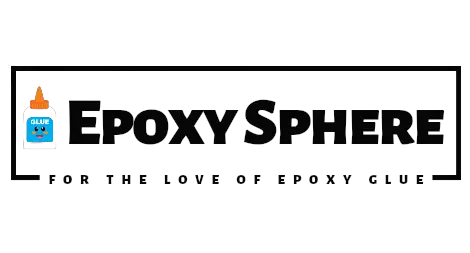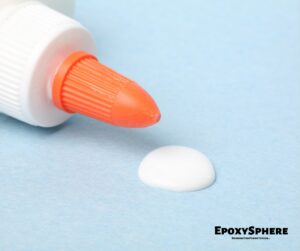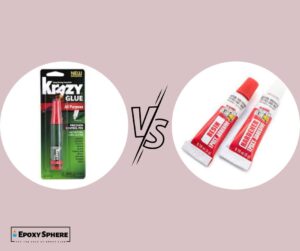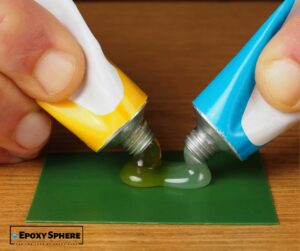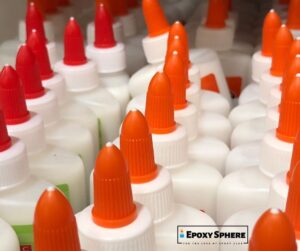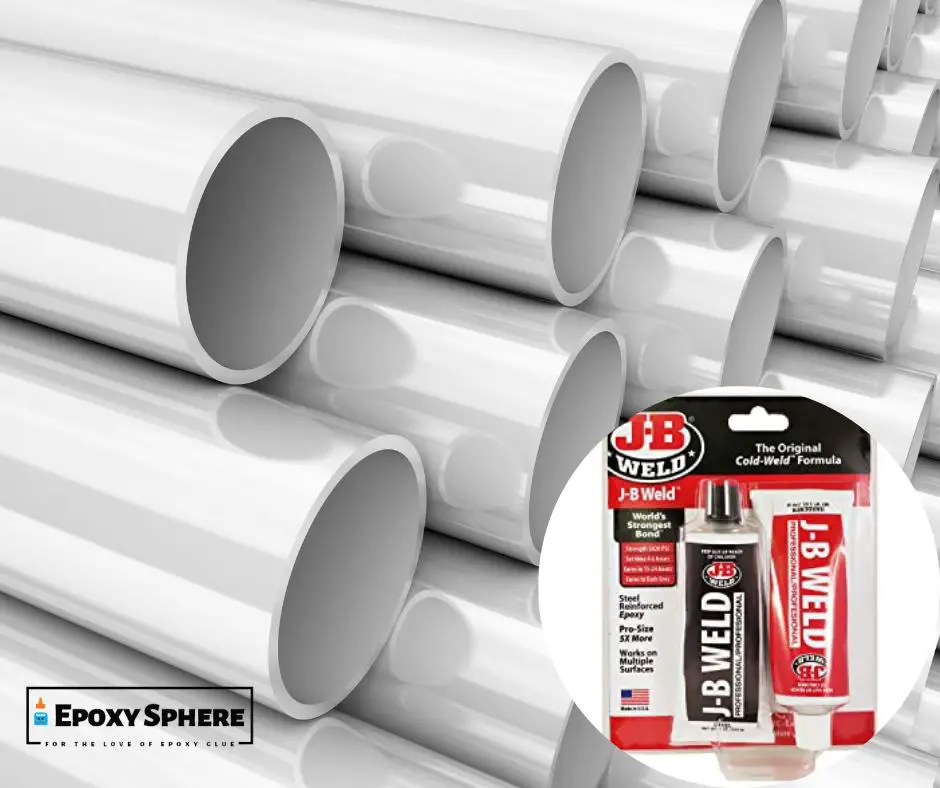
Yes, it does. It is designed to provide a lasting bond on many types of plastic materials. It is a two-part epoxy that sets quickly. Among other things, JB Weld bonds with PVC, plastic, fiberglass, glass, and vinyl.
If you are thinking of what JB Weld works for, it may be because you need to bond plastic.
You may wonder how to use JB Weld in plastic. In this article, you will learn how to do this, and whether JB Weld can adhere to hard plastics. Also, learn how to remove JB Weld.
How To Use JB Weld-On Plastic
JB Weld comes with an $8.99 syringe of adhesive and an epoxy filler system called a plastic weld. It sets in 5 minutes and fully cures in one hour if the work is done at room temperature. Here’s how to use JB Weld to get a good result:

Prepare The Parts To Bonded
Before using the epoxy, clean the parts you want to fix. Make sure they are free of dust, rust, paint, oil, or anything that might make bonding difficult or impossible.
To achieve the best cleaning results, you may use white vinegar or rubbing alcohol to clean the surfaces you want to work on. Some grease is not so evident to the naked eye.
Alcohol or vinegar takes care of that. Most plastics are smooth on the surface. To get it to bond, you would have to make it gritty or rough by rubbing sandpaper on it. Avoid leaving the residue of plastic on the surface by wiping it free.
Mix The Content Of The Epoxy
Get a clean surface like old cardboard and squeeze the epoxy on it. First, the steel, then adds the hardener. Squeeze equal portions of the two onto the cardboard. Close the replaceable cap. Then mix thoroughly. Make sure the amount you squeeze out is enough for your needs.
Apply The Epoxy
To get an even coat of application, use an old credit to mix the contents together until you have a grey consistency. This will allow both sides of the plastic to bond completely.
Now apply to the surfaces of the two parts you want to adhere to. Depending on the kind of surface or shape you want to bond, you may want to use a clamp to keep the surfaces together until cure.
Allow To Dry
Give the plastic time to set. If the temperature is right—room temperature—it would take just 5 minutes to set and an hour to cure.
Keep the plastic in a place where it is unlikely to get moved or where it would wait undisturbed until it cures. Do not use the item for at least a whole day. It is best to wait 24 hours when you are sure the item has cured properly.
Does JB Weld Work On Hard Plastics?
No, it doesn’t. JB Weld doesn’t work on certain types of hard plastic and it is a good idea to know which plastics it doesn’t bond with, so you don’t waste your time and money. It doesn’t work on polypropylene plastics. How do you know a plastic that is polypropylene?
Manufacturers usually indicate what type of plastic it is using by using codes. They use a triangle and numbers in the middle of it to tell you what type of plastic you are purchasing. For example, when you see a triangle with a 1,2, or 4 in the middle of it, that is a type of polyethylene.
A triangle with a number 5 in the middle however indicates that the plastic is polypropylene plastic.
At other times, manufacturers use letters instead of numbers to share this information. When you see PET, PETE, HDPE, or PE, know that the type of plastic you have is polypropylene.
You can locate these symbols at the bottom of the plastic container. Most plastic water sprayers are polypropylene. You can tell polypropylene by how harder than ordinary plastic is.
How To Remove JB Weld
JB Weld is designed for a permanent bond. After it has healed, removing it takes some care and extra precautions. There are 3 proven, logical ways to remove JB Weld from plastic.
Heat Application
One way to get JB Weld off plastic is to use heat. Now, this bonding agent can withstand temperatures up to 550 degrees Fahrenheit. To get it off, you need a heat amount that exceeds that—600 degrees Fahrenheit.
Apply extra caution when doing this. Protect the rest of the plastic as you try to get JB Weld off.
One of the best methods and tools to use is a propane hand torch. Direct the flame onto the patch of JB Weld and watch it melt off the plastic.
Chemical Solvent
A less heated method is using chemical solvents. You can use vinegar to remove JB Weld. Or you can apply for acetone. These chemicals dissolve the bond until it melts off. This solution is less hazardous and doesn’t quite endanger the plastic that was bonded by JB Weld.
There are other less invasive options, like using sandpaper, a chisel, or a grinder. But these options are for when you need to merely remove spills of JB Weld from the surface of plastics, not when you want to separate two plastic parts that have been permanently bonded.
It is almost impossible to separate bonded parts with sandpaper without attempting to break apart the bonded parts of plastic.
Cautions
- Always consider the welded parts before attempting to remove JB Weld. The peculiarity of the welded parts would determine the option for removal
- If you are using acetone, make sure the surface is free of acids
- Avoid using two options at once on the same welded parts. It would mess the whole thing up.
- If you’re using a propane torch, do so in an open place to avoid burn accidents
Removing JB Weld From Your Hand
You may get some of the mixed JB Weld on your hands as you mix and apply it. Especially if you don’t use a glove. You can get JB Weld off your hand by using:
- A hand cleaner, the type used by auto parts repairers
- Lacquer thinner is another good option
Final Thoughts
It is usually best to have a dishcloth near you when using any bonding agent to work. If you chose not to wear a glove, you should have a towel to clean your hands immediately after you are done with the job.
JB Weld is safe to use, it is not toxic when it has been cured. Still, it is important to remember to keep adhesives away from the eyes, or the face generally. And also to keep them away from children.

Hi, This is John Davis. After years of working in the construction industry, I decided to create a website that would provide people with information about glue and its exceptional uses. I hope You find it useful
